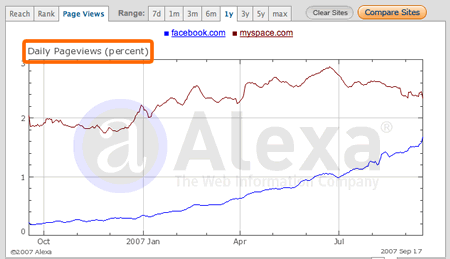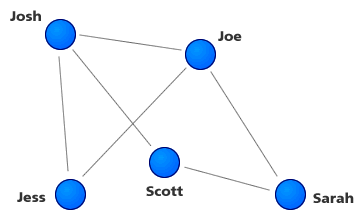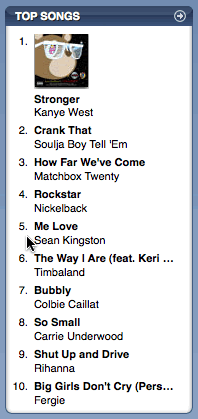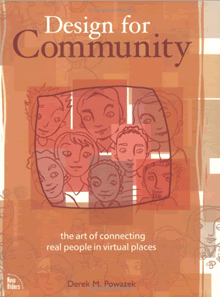September 21st
The #1 Problem in Web Design
The world of web design is actually a gigantic game of telephone.
There are two messages involved in every web design project. One is the desired message, the message that the site owners want to deliver to their audience. This message probably has something to do with the value of participating, of using that tool or service to make your life better in some way.
The other is the actual message, the one that actually gets delivered. This message is usually some form of the desired message, but often has a lot of ambiguity and uncertainty thrown in. In the worst cases it is actually not the desired message at all but an unintended communication that means something completely different.
The number one problem on the Web today is a mismatch between the desired message and the actual message being delivered.
Remember the game of telephone, the one where you sit in a circle and whisper a message to the person beside you? That person then tells the person beside them, and once you get all the way around the circle you compare messages. Rarely are the messages the same. In many cases it is funny what we end up with. After all, it’s just a game.
But on the Web it isn’t so innocent…
Continue Reading: The #1 Problem in Web Design





